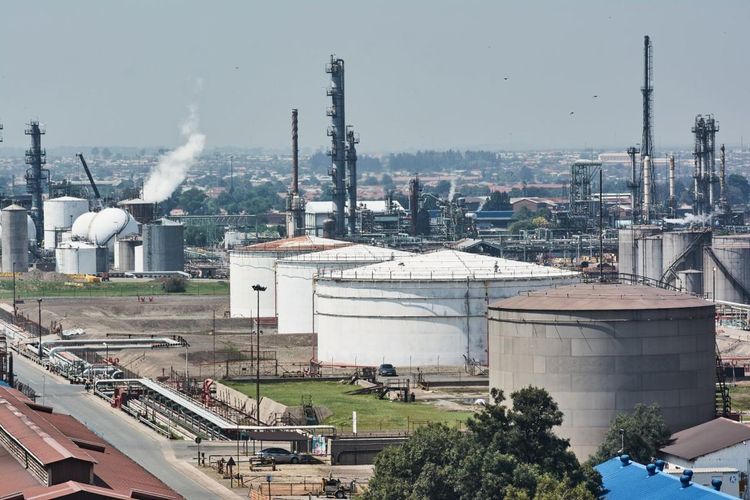Oil Drops as Technical Resistance, Profit-Taking Stall Rally

Oil prices dropped from their highest point in 11 weeks as traders decided to cash in on their profits. Additionally, the commodity's 200-day moving average once again acted as a hindrance to further price increases.
Top Stories from Bloomberg
The Dollar's faltering upward trend has pessimistic individuals predicting the conclusion of a significant time period.
American homeowners are accessing a whopping $9 trillion in property wealth.
Israel Secretly Integrates AI Systems in Lethal Military Missions In utmost secrecy, Israel has discreetly integrated artificial intelligence (AI) systems into its deadly military operations.
According to historical data, now is the ideal moment to invest in long-term bonds as interest rates approach their highest point.
The sudden increase in oil prices to $80 demonstrates that the eagerly anticipated tightening of the market has finally arrived.
Both West Texas Intermediate and Brent crude oil prices are on track for their third consecutive week of increases due to supply disruptions in Africa and a decrease in shipments from Russia, which has resulted in a tighter market.
WTI futures concluded the trading day at approximately $75 per barrel, marking an approximate 2% increase for the week. The primary oil benchmark in the US has not surpassed its 200-day limit since August, although there was a near breach in April. On the other hand, Brent settled under the $80 per barrel mark.
"Today, the trading activity is being influenced by technical factors, as the price of crude oil is approaching a noteworthy level of resistance," stated Rebecca Babin, a seasoned energy trader employed at CIBC Private Wealth.
According to Scott Shelton, an energy expert at ICAP, the sentiment has been negatively affected by low refining margins in certain areas of the US, making it harder for prices to overcome resistance despite positive macro signals.
However, traders have stated that the declines experienced on Friday are expected to be short-lived, considering both the technical and fundamental aspects.
"It wouldn't necessarily be detrimental if prices were to stabilize below the 200-day moving average for a brief duration, allowing them to recuperate some momentum before experiencing an upward breakout," noted Fawad Razaqzada, a market analyst at StoneX Group.
The recent surge in the rally can be attributed partially to interruptions in the supply chain. Demonstrators closed down a significant oil field in Libya, known as Sharara, on Thursday night, after the smaller El Feel field had already ceased production earlier in the day. Additionally, the flow of oil from the Forcados oil terminal in Nigeria has been temporarily stopped to inspect the potential occurrence of a leakage. This is in addition to indications that Russian oil flows are now finally starting to decrease, which is happening later than initially expected, four months ago, when the country had committed to reducing output.
According to Arne Lohmann Rasmussen, the head of research at A/S Global Risk Management Ltd, traders will be closely monitoring the Federal Reserve's upcoming decision on interest rates. They will also be keeping an eye on how G-7 policymakers respond to the increase in prices for Russian crude oil, which exceed the set limit.
To receive the Energy Daily newsletter from Bloomberg directly in your email, click here.
Top Stories on Bloomberg Businessweek
Imagine a scenario where the upcoming sensation in social media turns out to be... non-existent.
Breaking Free: The Excruciating Journey to Escape Apple's Confines
The medieval rental system in South Korea is causing individuals to lose their entire life savings.
A Japanese corporation prohibits working during late hours, which results in a significant increase in the birth rate.
Is the introduction of fresh Bitcoin ETFs plausible during the enforcement of measures against cryptocurrency?





















